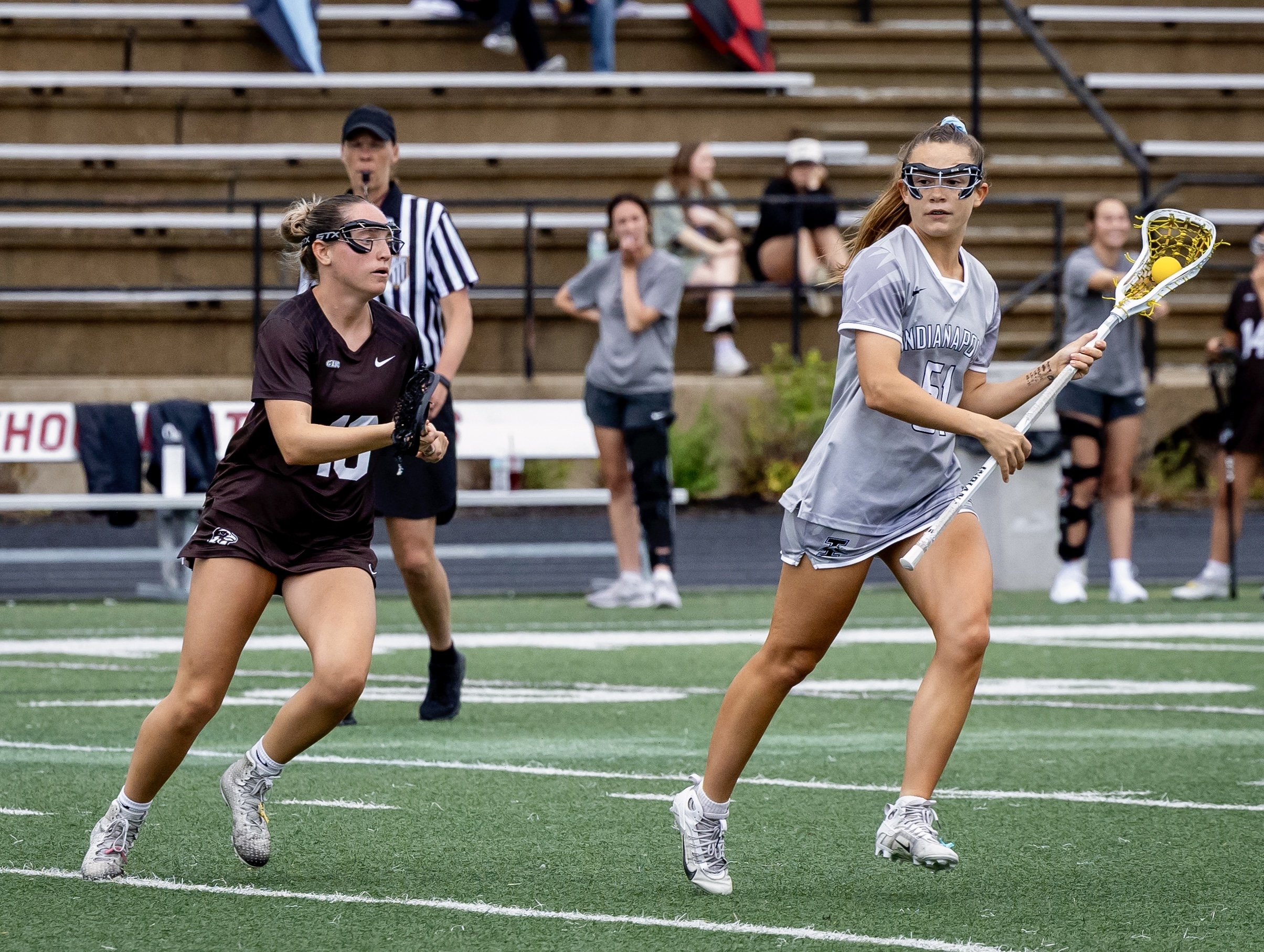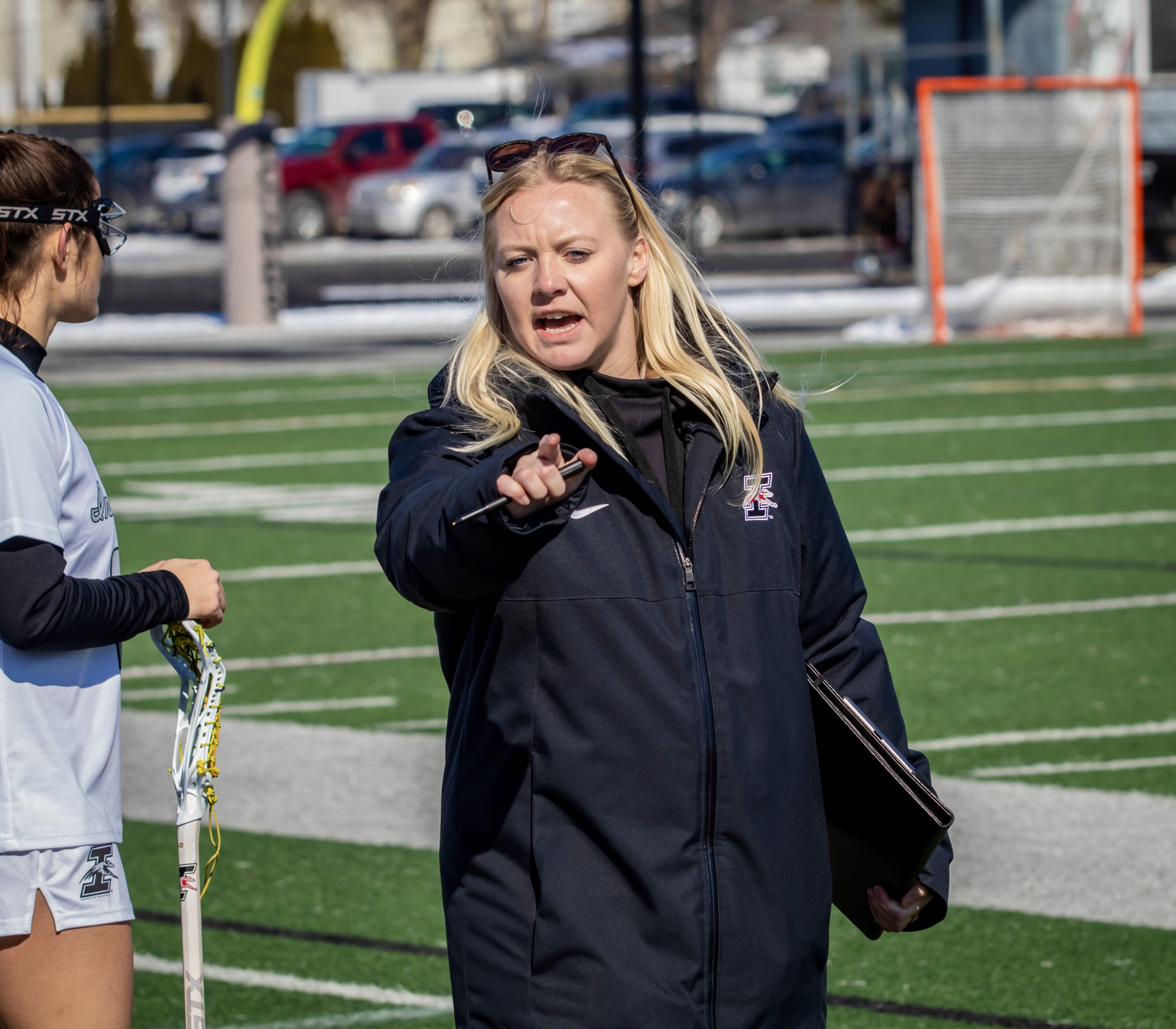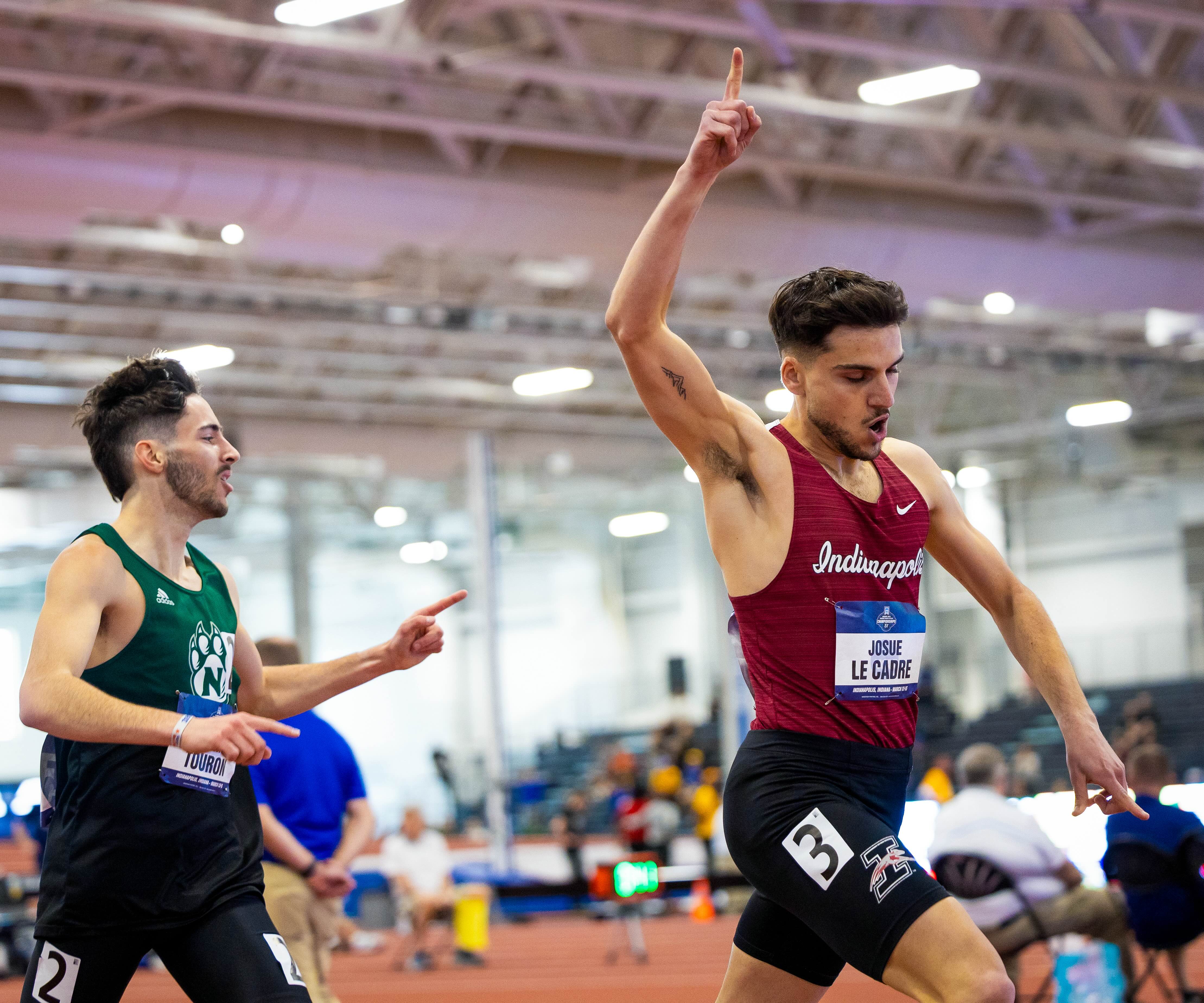Editor’s Note: This is the second part in a two-part series about the mental side of athletics. The first part was published on March 10.
A coach has a plethora of responsibilities, including helping athletes mentally. Many of the coaches at the University of Indianapolis have their own methods for mentally preparing the athletes.
According to Head Baseball Coach Al Ready, the players in his program have been through the process of being a baseball player, but once they get to college, the game gets much harder. He and his coaching staff place a high priority on preparing the athletes for that and keeping them focused. Ready said that when a player is struggling, that player will focus on the wrong side of the game. He said that normally the physical side is not the issue, and the player needs to make a mindset adjustment at the plate.
“So the conversations that we have with our guys are the very little mechanical conversations … ‘What am I doing wrong?’ And if you show the kid his swing when he hits a home run and when he popped up to shortstop, it’s really the same swing. It’s a matter of the contact point on the ball,” Ready said. “And so once the players understand that, ‘Hey, there’s nothing wrong with my swing.’ It’s normally when a player scuffles in the season that nine times out of 10… [the question should be] is he swinging at pitches that he shouldn’t swing at.”
One of the preparation strategies Ready said he uses to prepare his athletes mentally is to play above game speed. He said that many of his players grew up wanting to play professionally, and they have seen a 98-mile-per-hour pitch on television, but in the cage, facing a pitch that fast is a different thing. That they train the players at speeds like 98 miles per hour to make the pitches they will see in games seem slower. The first time he has players train like that, they’re in shock Ready said.
“The first time the kid stands in there, the ball will come out of the machine, and they kind of lose track of it, and then it hits the backdrop. Then they say to themselves, ‘Oh my gosh, that’s like that. That’s what a major league baseball looks like. I want to play in the big leagues. I have to hit that, and I can’t even see it,’’ Ready said. “But it’s a trick on your eyes…. Once you stand in there, and you see it over and over again, and you start to track it, and then you start swinging at it, maybe you foul off a couple … We see guys, usually by the end of the first semester of training like this, [and] they’ll still be able to just step in there 95 miles an hour and hit seven-line drives backup.”
According to Head Cross Country Coach Brad Robinson, distance running is more mental than physical. He said the coaching staff tries to remind their athletes that they are stronger than they realize and that they are their own worst enemy. Robinson said he uses a school sports psychologist to help his runners.
“The athletic department does have a sports psychologist that comes to campus once a week. And several of our athletes have chosen to use that resource, and it’s beneficial for them. Others feel fine without it,” Robinson said. “So it kind of shows that that wide variety in our team where everybody’s at from a stress focusing mental health standpoint, whether it be said a lot of them will do meditation relaxing, particularly before the competition, before they warm up or that just breathing exercises, whether that’s particular music or sounds that they can kind of zone out from everything else allowed themselves to relax.”
Robinson said he tries to get his runners to shift their mindset away from their fears, by breaking those out into smaller segments and making things attainable, to keep the runners competing in the race longer. This method, Robinson said, allows his athletes to put themselves in the best position to win.
“Most of the runners don’t have an internal clock that lets them subconsciously sense the pace all the time,” Robinson said. “So helping them to break the race down into manageable segments gives them a target to shoot for.”








